Montana’s wild country has always pulled in those with an appetite for adventure, solace, and stories. Decades ago, the open landscapes of Big Sky Country lured none other than Ernest Hemingway, the Nobel Prize-winning author whose terse prose and larger-than-life persona reshaped twentieth-century literature. But few realize how deeply Hemingway’s connection to Montana ran, and how the state’s wildness left its mark on both his personal life and his iconic writing.
Hemingway Arrives in the West
Ernest Hemingway first came to Montana in the late 1930s, hot on the heels of the success of “A Farewell to Arms” and restless for new hunting grounds and new inspiration. The American West, still raw and untamed, offered Hemingway everything he craved: great fishing, mountains to conquer, and the company of men who lived close to the earth. Throughout the late ‘30s and early ‘40s, he returned repeatedly to the state, often setting up near the town of Cooke City, nestled just outside Yellowstone's northeast entrance.
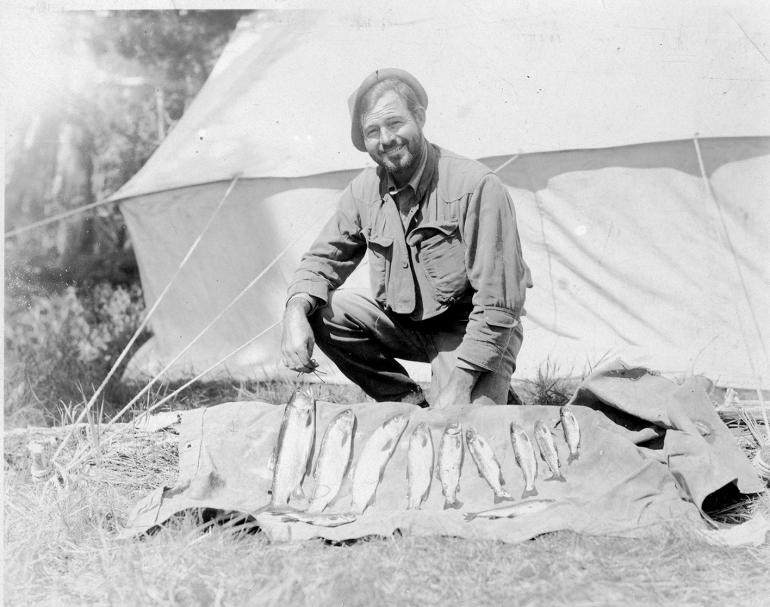
The Lure of Solitude and Wilderness
For Hemingway, Montana was more than a sportsman’s paradise. Here, far from the public and literary world’s gaze, he could hunt elk and fish for trout, writing in the long mornings and stalking deer or wandering the Absaroka-Beartooth Wilderness in the afternoons. Staying in rustic cabins or Yellowstone lodges, he cherished the solitude and the elemental challenges of the land. In the cool shadow of the mountains, Hemingway found the space and quiet, a rare luxury for a writer so often pursued by his celebrity.
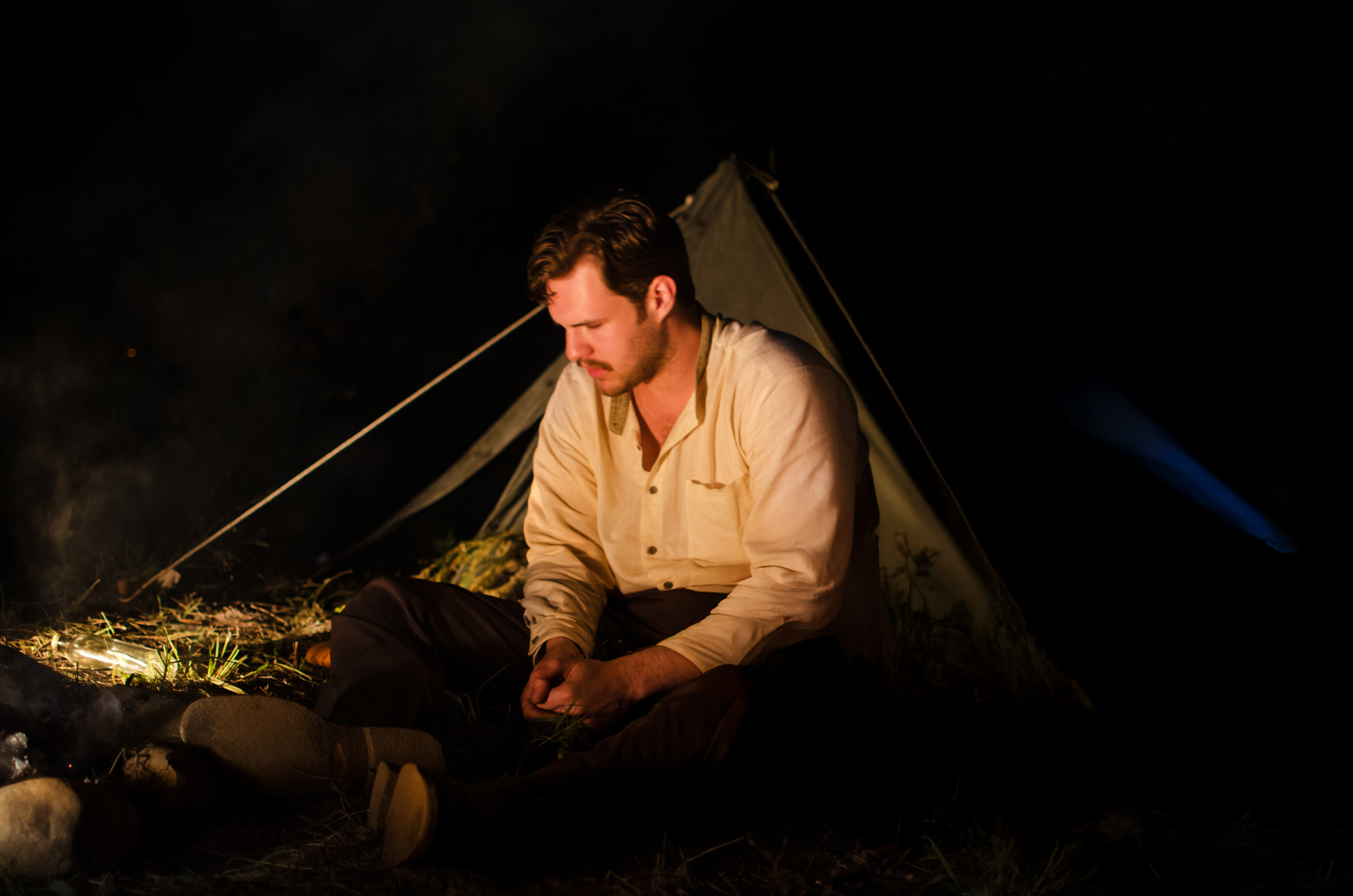
Local Friendships and Montana Characters
Hemingway’s Montana years were also defined by the friendships he forged with local ranchers, guides, and bartenders, whose directness and grit he admired. He loved the camaraderie of an early morning trek or a celebratory drink after a successful hunt. These relationships seeped into his stories, with characters inspired by the people he met in the towns and wilds of Montana.
Montana’s Imprint on His Work
Although Hemingway never set a novel in Montana, the state’s untamed heart beats in his later stories. “The Last Good Country,” a tale unfinished at his death, evokes the air of Montana’s high hills and the promise of wild country as a place of escape and renewal. The humility demanded by the mountains and the clarity of open skies surface again and again in his descriptions of landscape and the men shaped by it.
Hunting, Writing, and Legacy
Montana was where Hemingway could just be “Papa” rather than the world’s most watched writer. Evenings spent fly-fishing the Yellowstone River or hunting elk near Cooke City gave him stories to tell and moments of peace. The experiences in the Montana backwoods informed not only his later fiction but also his philosophy on writing; clarity, economy, and the unsentimental truth were not just literary tools but echoed the way one survived and thrived in the wilderness.
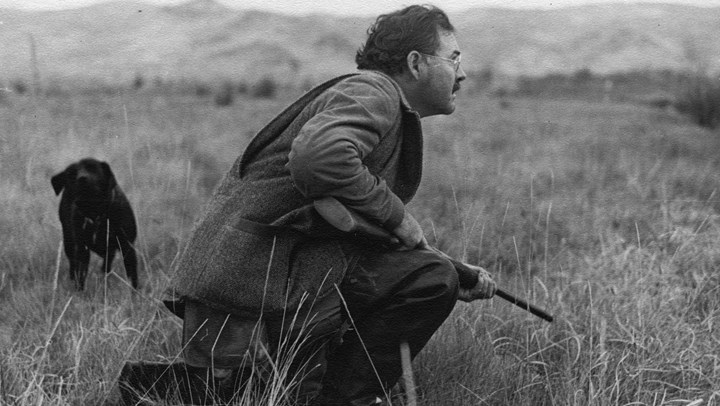
A Quiet Influence
Today, as literary pilgrims chase the ghosts of great authors, Hemingway’s Montana connection is often overlooked. That’s just as he might have wanted it, Montana was, for Hemingway, a place apart, somewhere to lay down fame and return to fundamentals: land, language, and life lived at the pace of weather and rivers.
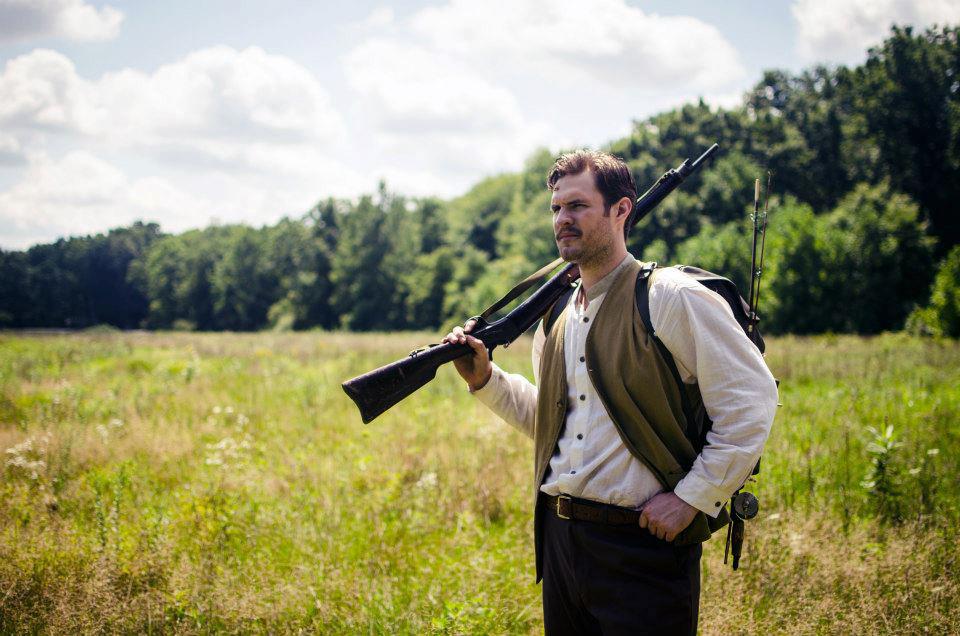
Preserving Hemingway’s Montana Memory
Those who seek out Ernest Hemingway’s Montana will find pieces of his story scattered from the bison herds of Yellowstone’s boundary to the trout-rich rivers that wind through still-wild valleys. To walk these landscapes is, perhaps, to glimpse the rugged clarity that Hemingway sought and found, both on the page and in the wild heart of the West.
Posted by PollyAnna Snyder on

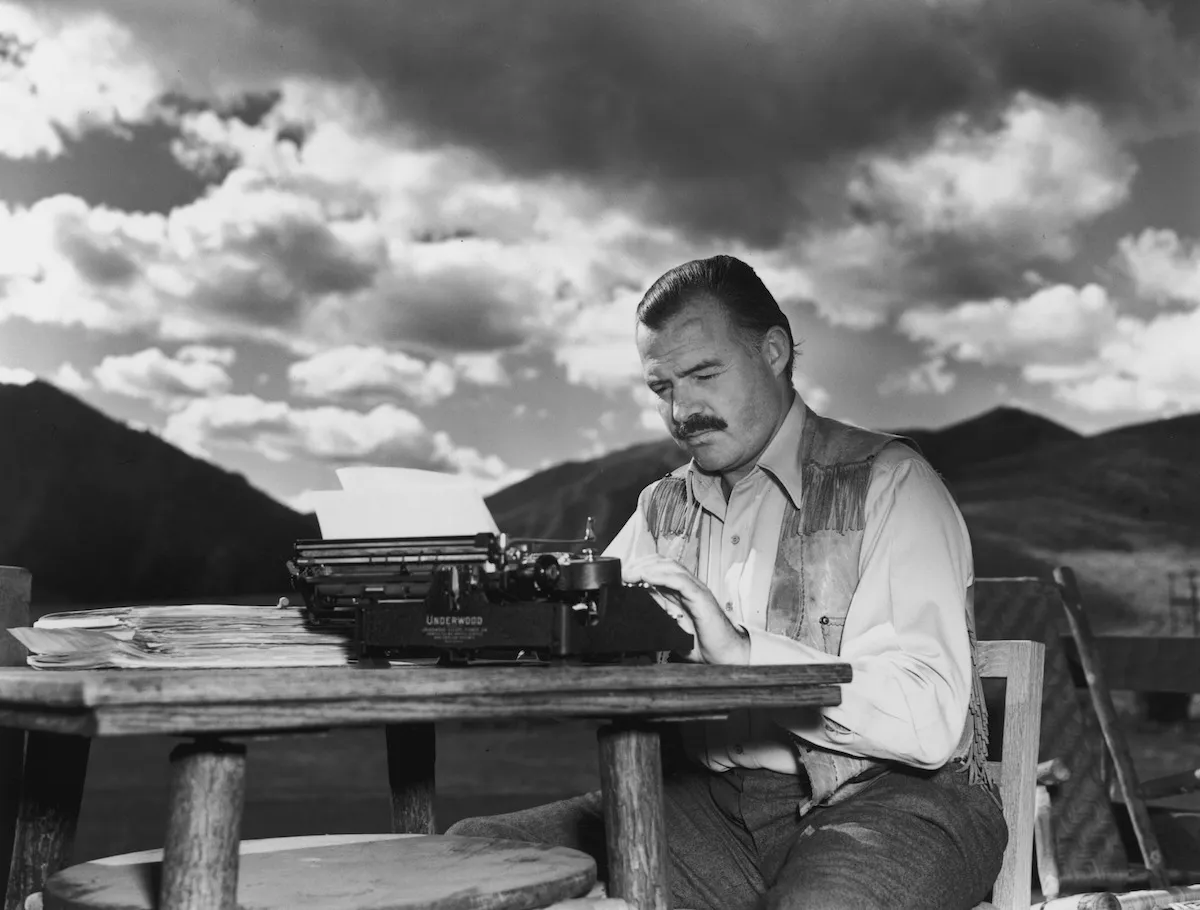
Leave A Comment